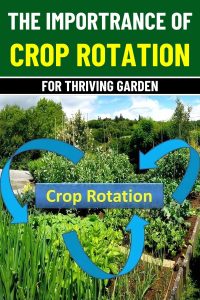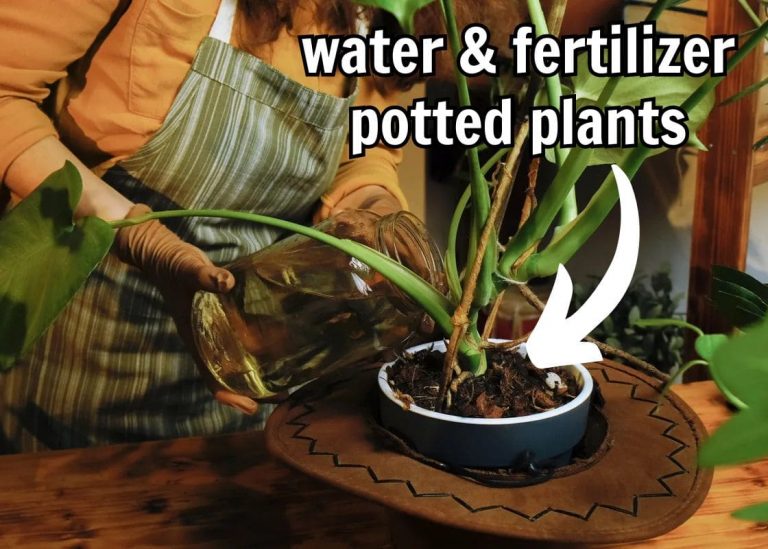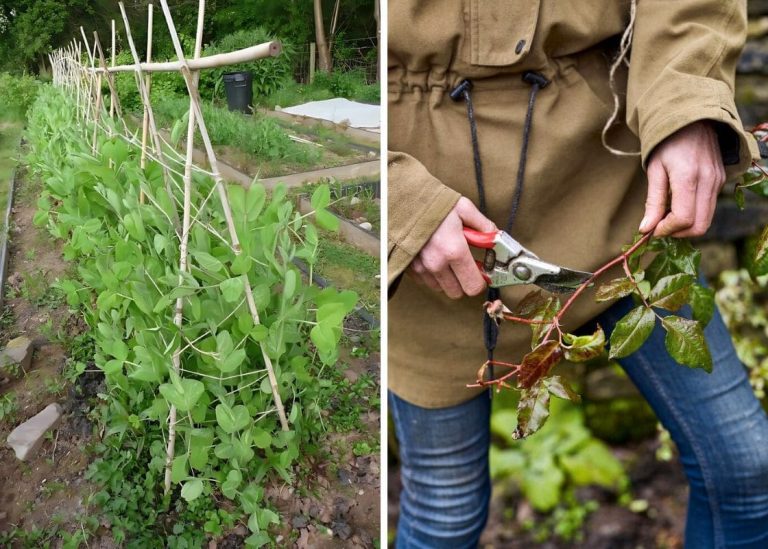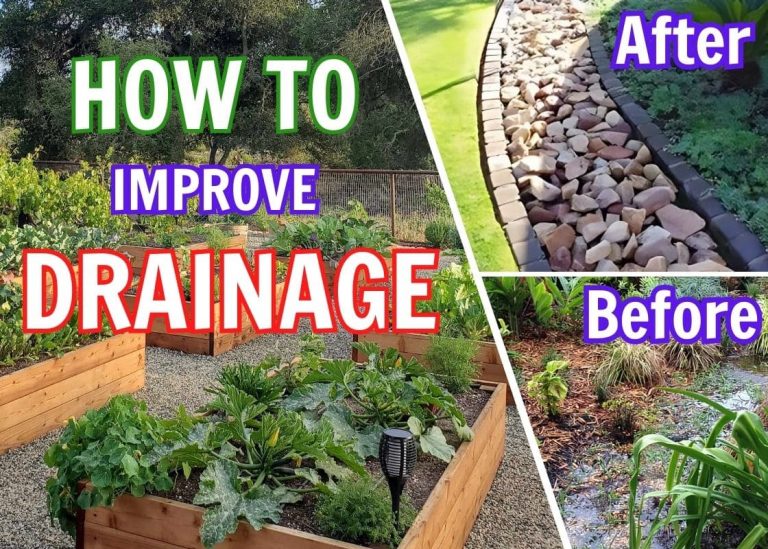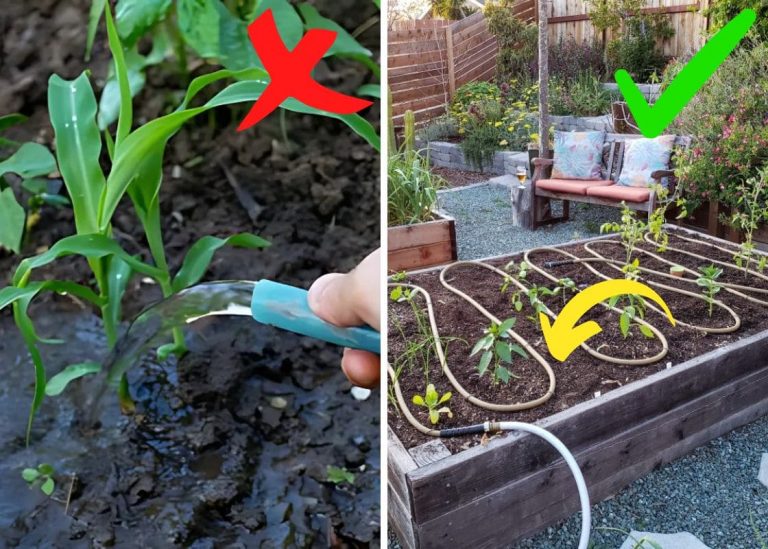The Importance of Crop Rotation in Home Gardening
When I first started growing my own vegetables, I made the classic beginner mistake, I planted the same crops in the same spot year after year. It didn’t seem like a big deal at first, but after a couple of seasons, I started noticing problems.
My tomato plants, once lush and productive, became weaker. The soil seemed to dry out faster, and pests that I had barely noticed before were suddenly everywhere.
That’s when I realized I had been ignoring one of the most fundamental gardening principles: crop rotation.
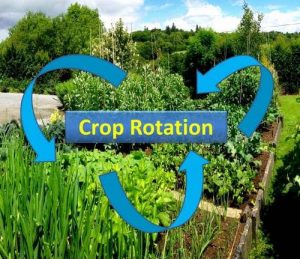
If you’re serious about keeping your garden healthy, this simple yet powerful technique will make all the difference. It’s not just for large farms, your backyard garden can benefit just as much.
Over time, I’ve seen firsthand how rotating crops improves soil health, prevents diseases, and keeps harvests abundant.
Why Crop Rotation Matters
Think of your soil like a kitchen pantry. If you keep taking the same ingredients without restocking, eventually, you’ll run out of what you need. Plants are the same way.
Each type of vegetable has its own set of nutrient needs, and if you keep planting the same thing in the same spot, the soil gets depleted. For example, heavy feeders like tomatoes and cabbage pull a lot of nitrogen from the soil, while others, like beans and peas, actually help put it back.
But it’s not just about nutrients. Crop rotation is also one of the best ways to naturally prevent pests and diseases. I learned this the hard way when I grew potatoes in the same bed for three years straight.
One summer, I pulled up my plants only to find the dreaded Colorado potato beetles feasting on my hard work. They had found their perfect home and weren’t about to leave. By switching crops each season, you disrupt pest life cycles and make it harder for them to settle in.
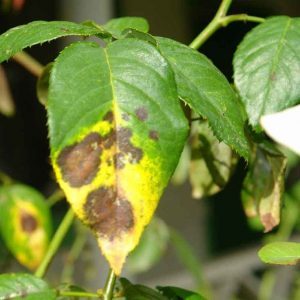
Fungal diseases are another big issue. Many plant diseases linger in the soil, waiting for their favorite crop to return.
Blight, which affects tomatoes and potatoes, can stick around for years. If you rotate your crops, you reduce the chances of these diseases spreading season after season.
How I Use Crop Rotation in My Garden
I divided my garden into sections and made sure that no plant family grew in the same spot two years in a row. Over time, I refined my system to a four-year rotation, which I’ve found works beautifully.
The basic idea is to group plants by family and rotate them so that they don’t return to the same spot too soon. Here’s how I break it down in my garden:
- Legumes (Beans, Peas, Lentils) – These are the soil builders. They fix nitrogen into the soil, making it richer for the crops that follow.
- Leafy Greens and Root Vegetables (Lettuce, Carrots, Beets, Onions, Spinach) – These aren’t as nutrient-hungry as others and work well in soil that has just hosted legumes.
- Fruiting Vegetables (Tomatoes, Peppers, Eggplants, Cucumbers, Squash, Corn) – These need a lot of nutrients, so I plant them in soil that was previously enriched by legumes.
- Brassicas (Cabbage, Broccoli, Cauliflower, Kale, Brussels Sprouts) – These plants are heavy feeders, but they also help break up compacted soil with their strong roots.
What If You Have a Small Garden?
I know that not everyone has a big space to rotate crops in a perfect four-year cycle. I used to have just a few raised beds, and at first, I worried that rotation wouldn’t work in such a small area.
But even in a limited space, you can make a difference by simply not planting the same crop in the exact same spot two years in a row.
If you only have one or two beds, try alternating between plant families or growing something completely different, like flowers or herbs—in between vegetable cycles.
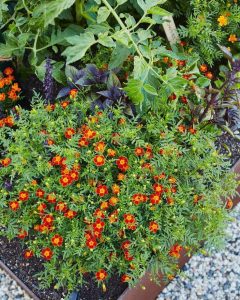
Another trick I’ve used in smaller spaces is interplanting and companion planting. Growing marigolds near tomatoes or planting basil among peppers can help keep certain pests away and improve soil conditions naturally.
You can also plant cover crops like clover or buckwheat in the off-season to restore nutrients to the soil.
The Long-Term Benefits of Crop Rotation
The first year I started rotating crops, I wasn’t sure if I would see any real difference. But after a few seasons, the improvements were obvious.
My plants were stronger, my soil retained moisture better, and I had fewer issues with pests. Even my compost seemed to break down faster because I wasn’t constantly draining the soil of the same nutrients.
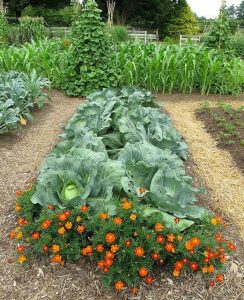
Now, I don’t even think twice about it, crop rotation is just part of how I garden. It’s a long-term investment in the health of your soil and plants, and the best part is, it’s completely free.
If you’re struggling with declining yields, persistent pests, or soil that just seems tired, give crop rotation a try. It doesn’t have to be complicated. Start with small changes, pay attention to your plants, and over time, you’ll see the difference.
